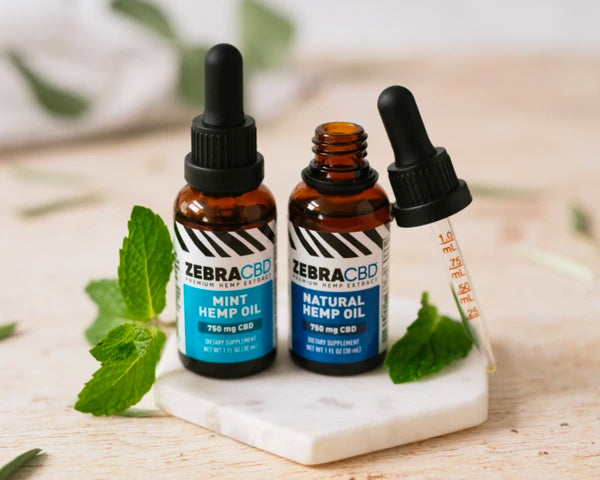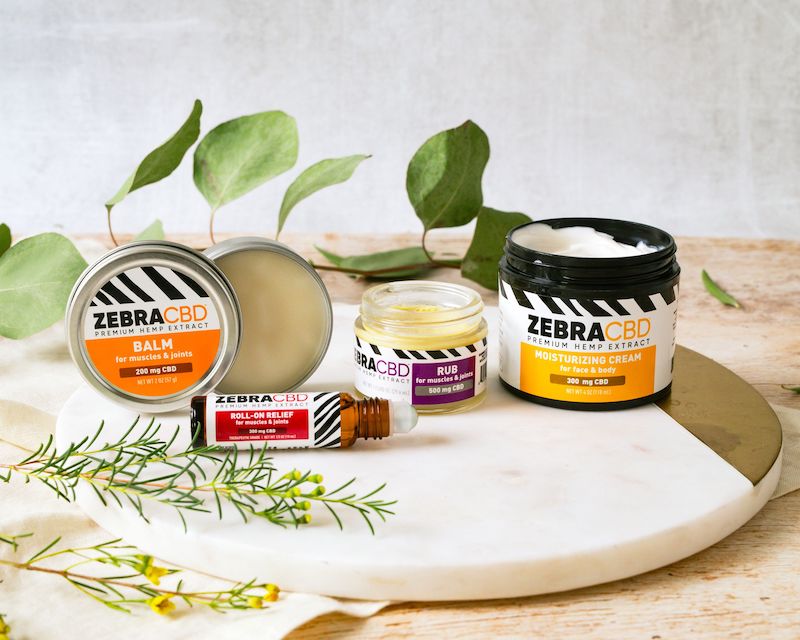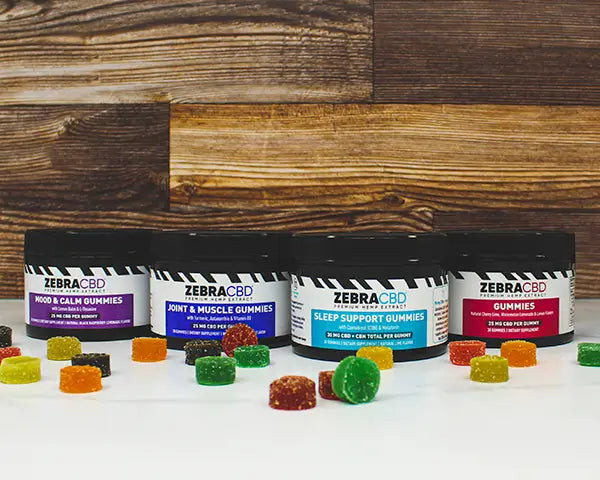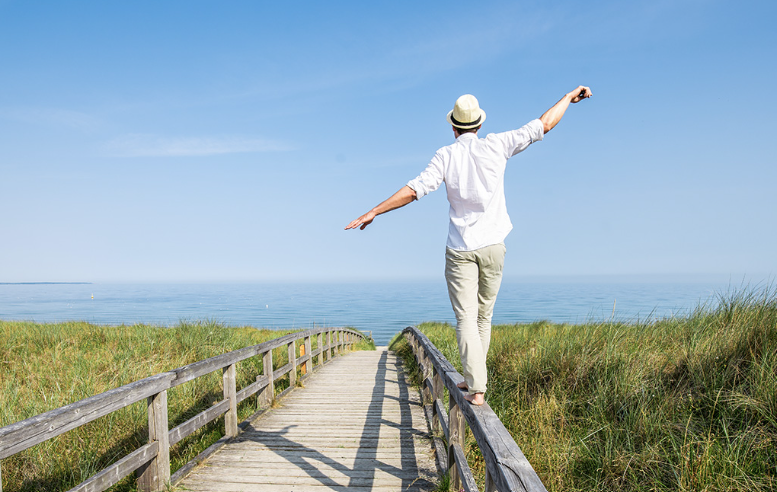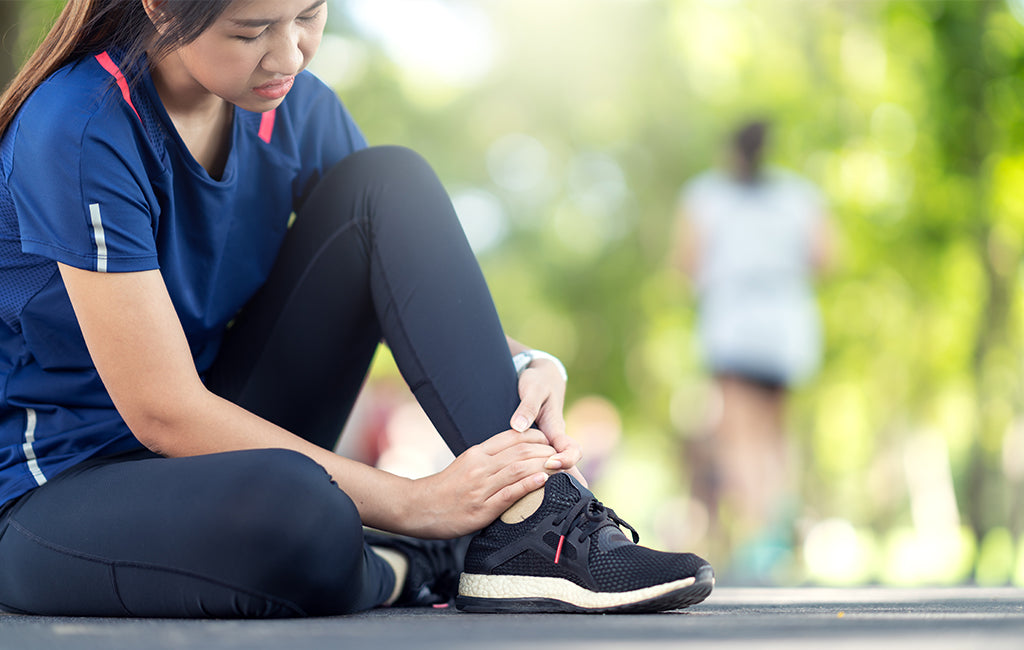
Running naturally causes stress to your Achilles tendon. That’s because when you run, particularly at a fast pace for extended intervals, you place more strain on your ankles. In fact, Achilles tendon problems account for 5-12% of all running injuries.
The first and most important relief solution to a sore or achy Achilles is to rest. Never try to continue increasing your mileage or tempo if your Achilles hurts when running, as this can lead to an overuse injury of the tendon.
But, we don’t want you to have to stop running altogether. In this guide, we’ve put together a few strategies to ease soreness after your workout and prevent a sore Achilles in the future.
Experiencing discomfort with other muscles? Learn more about how you can alleviate back pain from running or sore hamstrings from running.
Three Stretches to Ease Achilles Discomfort
When dealing with a sore Achilles, running is often the cause. Overexerting your Achilles can sometimes create tightness that limits your mobility.
If you are looking for ways to improve maneuverability, then stretching is something you can do before and after workouts to address this tension and also help prevent Achilles injury.
The following Achilles stretches from Healthline can provide some much-needed relief to your achy Achilles.
#1 Runner’s Stretch
The runner's stretch targets your calves and reduces tightness by relaxing the tendon. For this stretch, you’ll need a form of support such as a wall or chair:
- Step one – Place both of your hands on your support. If you are using a wall, place both hands around the eye level. If you are using a chair, rest your forearms on the back of the chair. Make sure your support is stable and doesn’t wobble.
- Step two – Take a step back with the calf muscle you want to stretch — you’ll want to make sure you have ample space between your legs, but not enough that you can’t keep your heels on the ground.
- Step three – Take your other knee and begin bending it toward your support while keeping your back heel firmly planted on the floor.
- Step four – At this point, you should begin to feel a gentle stretch. Don’t stretch to the point of severe discomfort. Instead, you should gently stretch the area over time.
- Step five – Do three reps for about half a minute each.
#2 Toe-to-Wall Stretch
Sometimes the runner’s stretch adds additional stress to the upper body, placing an extra amount of force on your shoulders. A toe-to-wall stretch is a workaround to this problem, resulting in the same mobility training without the extra emphasis on your upper body. Like the runner’s stretch, you’ll need a wall for this exercise:
- Step one – Stand close to the wall, take the foot with the sore tendon and put your toes against the wall so that your heel bone is still against the ground.
- Note that the higher your toe is against the wall, the more pressure you’ll feel.
- Also, remember not to twist or position your foot in a way that adds to your irritation.
- Step two – Place your other foot just slightly behind the one against the wall with your toes facing the wall.
- Step three – While keeping both heels on the ground, lean forward for 30 seconds for three reps.
#3 Heel Drop
For this next stretch, you’ll need either a staircase or a stepladder. The heel drop is one of the best stretches you can do to calm Achilles irritation. When done consistently and over a long period of time, this exercise can help eliminate your soreness, aches and swelling:
- Step one – Stand on the step and place the target foot back on the step so that your arch and heel bone hang over the edge.
- Step two – Keeping your other foot firmly on the step, use the ankle that is sore to lower your body so that your heel bone drops below the edge of the step.
- Step three – When you return to the starting position, make sure you’re using your other leg to get back up. Trying to lift up with your sore Achilles can strain the tendon further.
- Step four – Do this exercise twice a day for about 15 reps each time.
The key when applying each of these stretches is consistency. The Achilles is a comparatively thick tendon in the body. So if you want to reduce soreness from the damaged tendon tissue, you’ll have to commit to a consistent set of stretches over the course of several weeks.
Five Additional Methods to Relieve a Sore Achilles
It’s important to carve out time for daily regimens of Achilles care along with your stretches. If you’re struggling to stop running or are experiencing a flare-up after exercise, home treatments are often the easiest way to aid the healing process.
However, if you’re experiencing long-term discomfort that doesn’t seem to ease, seek advice from a medical professional. Severe injuries may require physical therapy or surgery.
You can also try the following at-home practices daily to strengthen and soothe your Achilles:
- Ice your Achilles – After your runs, ice the sore region on and off for about 15 to 20 minutes. You should continue to ice the area throughout the day if you are experiencing more exercise-induced inflammation or swelling.
- Heat muscles prior to running – Before you start a run, apply heat to your heels and calves with either a warm cloth or a heating pad to loosen up the muscles and tendons.
- Bathe hot and cold – Throughout the day you can improve the body’s natural healing methods with a mixture of hot and cold applications.
- Take two tubs or buckets. Fill one with hot water — hot enough for a bath — and one with ice water. In five-minute intervals, place your ankle in the cold water then switch to the hot water. Alternate buckets about two to three times and end the ankle bath with the ice water for best results.
- Sleep with Achilles support sock or brace – Ideally, these should gently stretch your Achilles while you sleep. Consider purchasing designated splints or socks that work to avoid extra stiffness in the morning.
- Try CBD – CBD has been shown to relieve sore muscles and promote healing. Try applying topical CBD lotion or taking tablets as part of your recovery process to target physical discomfort.
Prevention of Achilles Injuries and Soreness
Your sore Achilles running injury is often the sign of overburden on the tendon from too much exercise. In fact, your weak calf muscles might be to blame. Tight calf muscles from overtraining shift the weight of impact onto the Achilles — which over time will irritate the tendon and cause soreness. This can easily be avoided by doing a calf stretch before each run.
The key to avoiding and managing Achilles soreness is to spot the ways you are contributing to extra stress during running. Runner’s World suggests avoiding these common causes of Achilles strain for everyday runners:
- Overtraining – When you push off from the ground, you exert a large amount of force on your Achilles tendon — up to three times your body weight in force. Certain exercises like uphill climbs, long-distance routes and speed training can contribute to irritation. Consider incorporating rest and recovery exercises to give your heels a break between workouts.
- Poor running shoes – Running shoes that provide little flexibility can cause the Achilles to rotate on impact, which increases your chance of soreness and other issues. Your running footwear is an important component in helping relieve ankle discomfort. Low-heeled shoes — especially those with spikes — often prompt you to “toe” the point of impact, placing a majority of the force on your heel. Try switching out your shoes for a more supportive running shoe to see if it alleviates some of the soreness.
- Overpronation – Some runners tend to naturally turn their toes down and in when their foot impacts the ground. This is known as “overpronation” and is one of the leading causes of Achilles irritation and soreness. If you suspect this might be the case of your soreness, you can consult a fitness coach or healthcare professional, who can offer tips or forms of support that will help fix your gait.
- Lack of stretching – Stretching is a must for any activity but especially running. Calf stretches will loosen the muscle and prevent placing added pressure on the Achilles. The last thing you want is to experience an Achilles tendon injury and stretching can help with muscle recovery to prevent that.
Enlist Zebra CBD in Your Post-Running Achilles Management
A sore Achilles tendon can cause significant strain to your muscles and training. As such, it’s essential that you properly care for and prevent Achilles injuries.
One possible solution to an achy Achilles is CBD — a go-to method that addresses strain, soreness and swelling. While you’ll still want to avoid adding extra mileage to your routes, CBD can offer some relief between runs.
To that end, make Zebra CBD your running partner. We offer a Label Accuracy Guarantee, so you can ensure you’re supporting your workouts with premium, natural ingredients.
Whether you’re maximizing healing with our CBD oil or relieving exercise-induced inflammation with our CBD rub, Zebra CBD can help you get back on the roads, trails or treadmills in no time.
Source:
Runner’s World. Sore Achilles Tendon? Here’s How to Treat It. https://www.runnersworld.com/health-injuries/a19574249/Achilles-tendon-injury/
RunnersConnect. The Ultimate Runner’s Guide to Achilles Tendon Injuries.
https://runnersconnect.net/Achilles-tendonitis-and-insertional-Achilles-tendinopathy-in-runners/
Healthline. Achilles Tendon Stretches and Strength Exercises. https://www.healthline.com/health/Achilles-tendon-stretch
Mapmyrun. 8 Things Runners Need to Know About CBD. https://blog.mapmyrun.com/8-things-runners-need-to-know-about-cbd/

